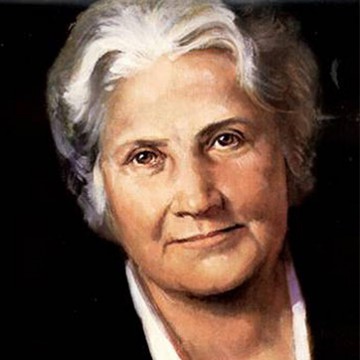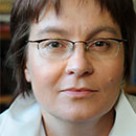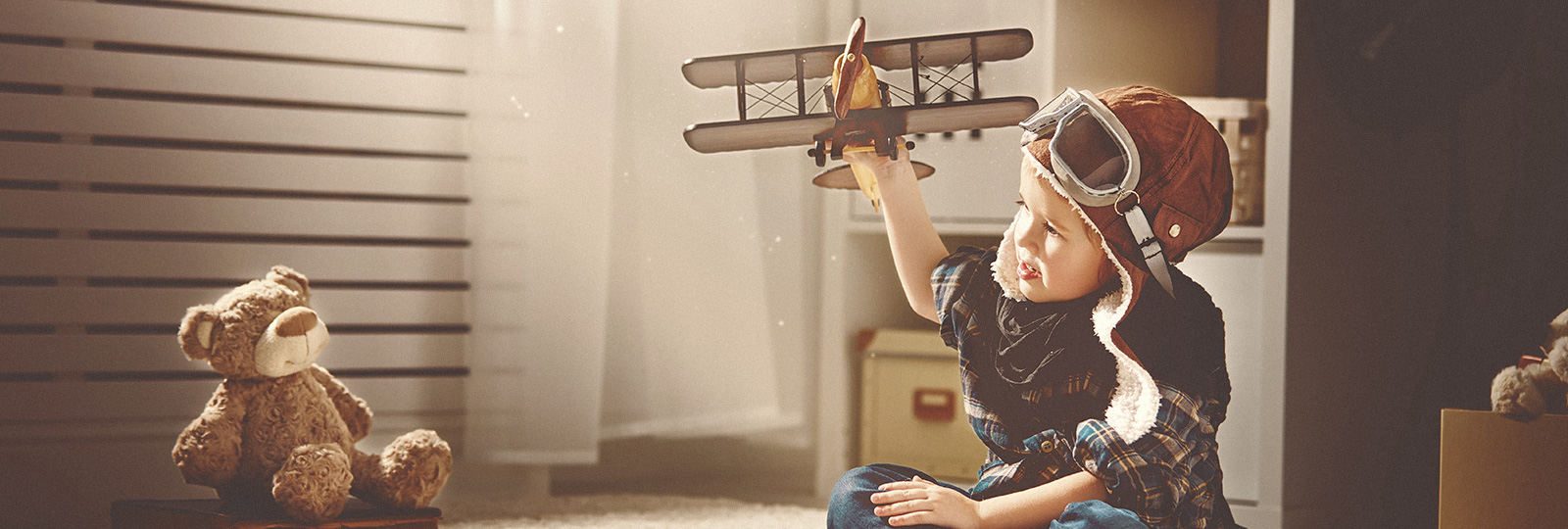
Maria montessori (1870 - 1952)
Maria Montessori
Maria Montessori was born in Italy in 1870. She was the first woman to be awarded a Doctor of Medicine from the University of Rome, in 1896, and became involved in the Women’s Rights movement. While practising medicine she became interested in education and went on to achieve a degree in education, psychology and anthropology. She was an empiricist, and her educational method was developed through close observation of children in elementary schools and the way they learn.
She opened her Casa dei Bambini in Rome in 1907. By 1911, Montessori was focused fulltime on education, giving up her private medical practice and her teaching position at the University of Rome. She had already published her first book, Il Metododella Pedagogia Scientifica applicato all’educazione infantile nelle Case dei Bambini, and the Montessori method was being used in England and Argentina and being trialled in France and the USA.
Maria moved to Barcelona in 1916, where she set up a teacher training institute, and continued to travel internationally to train teachers, with the help of her son, Mario. She first spoke about her ideas for secondary school education in 1920, lecturing at Amsterdam University.
In 1932, in the midst of a turbulent Europe, she delivered a lecture entitled Peace and Education. In the following two years, the Fascist movement, first in Germany and then Italy, dismantled all Montessori schools in those countries. After General Franco’s coup in Spain in 1936, Montessori centred her training in The Netherlands, and continued to advocate for peace.
In 1939 she travelled to India to deliver a three-month training course, but when Italy entered World War II on the side of Germany, she and Mario were interned by the British colonial government as enemy aliens, confined to the compound of the Theosophical Society until the end of the war. She continued to train educators, publish her writings and advocate for peace, and was nominated for the Nobel Peace Prize in 1949, 1950 and 1951. She died in 1952.
Why Montessori?
Montessori children grow up to be competent students who know how to learn and love to learn. The profound fundamentals that Montessori education allows them to gain at an early stage of life build confidence in the future adult.
Research has shown that Montessori children are well adapted to later stages of schooling. They function superbly and develop socially and emotionally. In numerous rankings, they lead in such competences as: ability to adapt to new situations, finishing work on time, attentive listening, passion for learning, practical use of acquired skills, enjoying learning.
What's the difference between a montessori
and conventional education?
Conventional education is usually a model of transferring ready-made knowledge by the teacher, which results in imposing meanings and interpretations. Educational conditions are not conducive to the child's development, and the student is subordinated to the teacher's behavior, uncritically and memorably masters the knowledge.
The individuality of the child is omitted, various types of intelligence are not considered, although contemporary research has already proved how to learn the brain and a strategy that is appropriate for one student is useless for the other. Today's school does not support an active student, but makes him/her a passive recipient.

„School is a place which, despite its open and declared aims, does not comprehensively develop a child. On the contrary, it limits the child's horizon of thinking, reducing it to repeating the schemes accepted by the teacher. By imposing a „proper and correct” way of thinking on children, in line with previously developed lesson plans, teachers block children's natural tendency to explore the world.”
Prof. D. Klus - Stańska „Why do teachers ask students?”
Montessori is an approach to supporting the full development of the human being, inspiring children to a lifelong love of learning by following their natural development trajectory.
Montessori classrooms provide a specially crafted learning environment where children can respond to their innate passion for learning. Children are encouraged to engage in spontaneous, purposeful activities with the guidance of a trained adult. Through their work, the children develop concentration and joyful self-discipline. Within a framework of order, the children progress at their own pace and rhythm, according to their individual capabilities.
Montessori Educators
In a Montessori school, teachers typically have a regular teaching qualification and an additional Montessori teacher education diploma and are traditionally called ‘Directors’, rather than ‘Teachers’.
The Director’s role is that of guide or facilitator, supporting the child in their self-development. They are foremost an observer, unobtrusively yet carefully monitoring each child’s development and recognising their needs. They provide children with a link to the prepared environment. The most important attribute of a Montessori educator is the love and respect they hold for each child’s total being. Montessori Directors become very important figures in the children’s lives. They remain together for three years and a strong relationship is formed between them.
Montessori’s Planes of Development
Montessori classrooms are multi-aged learning environments, based on Dr Montessori’s stage theory of human development, which she called The Four Planes of Development.
In the first plane from birth to age six, the child is characterised by their‘absorbent mind’, absorbing all aspects of their environment, language and culture. In the second plane from age six to twelve, the child uses a ‘reasoning mind’ to explore the world with abstract thought and imagination. In the third plane from twelve to eighteen, the adolescent has a ‘humanistic mind’ eager to understand humanity and the contribution he or she can make to society. In the last plane of development, from age eighteen to twenty-four, the adult explores the world with a ‘specialist mind’ taking his or her place in the world.
Maria Montessori believed that if education followed the natural development of the child, then society would gradually move to a higher level of co-operation, peace and harmony.
Montessori Classrooms
Montessori classrooms are often called the ‘prepared environment’ and are designed to meet the physical and psychological needs of the child at each stage of development. Furniture and materials are child-sized. The curriculum is embedded in the hands-on materials and activities in the learning environment.
The beauty, order and accessibility in the classroom entice the child to engage with the activities according to their individual interests and at their own pace. In this way learning becomes highly personalized.
At the same time, the child learns to interact socially. The three-year age range enables older children to teach the younger and learn from this experience while the younger children are inspired to more advanced work through observing the older ones. With a variety of levels, each child can work at their own pace, unhindered by competition and encouraged by co-operation.
Key principles of the prepared environment are:
- Independence
- Indirect preparation
- Order
- Choice
- Freedom
- Mixed age range
- Movement
- Control of error
- Materials
- Role of the adult
Montessori Materials
‘Nothing goes into the mind that does not first go through the hands’ (Dr Maria Montessori).
Montessori materials embody the learning curriculum and are designed to stimulate the child into logical thought and independent discovery.They are provocative, enticing and simple to use. However, beneath the beauty and simplicity, lies a deep intentionality. Each is designed to meet one or more specific needs of the child, and each material has been developed in the context of all the other materials. Each has what is known as a ‘control of error’. If the child has done something incorrectly it will be self-evident. The geometric shape, for example, won’t fit the hole, or the water will spill on the table. Being able to see his or her own mistake allows the child to work independently.
What makes Montessori different?
| Montessori Education | Traditional Education |
|---|---|
| Based on helping the natural development of the human being | Based on the transfer of a national curriculum |
| Children learn at their own pace and follow their own individual interest | Children learn from a set curriculum according to a time frame that is the same for everyone |
| Children teach themselves using materials specially prepared for the purpose | Children are taught by the teacher |
| Child is an active participant in learning | Child is a passive participant in learning |
| Understanding comes through the child’s own experiences via the materials and the promotion of children’s ability to find things out for themselves | Learning is based on subjects and is limited to what is given |
| Learning is based on the fact that physical exploration and cognition are linked | Children sit at desks and learn from a whiteboard and worksheets |
| Child can work where he/she is comfortable, move around and talk at will while not disturbing others | Child is usually assigned own chair and encouraged to sit still and listen during group sessions |
| The teacher works in collaboration with the children | The class is teacher led |
| The child’s individual development brings its own reward and therefore motivation | Motivation is achieved by a system of reward and punishment |
| Environment and method encourage internal self-discipline | Teacher acts as primary enforcer of external discipline |
| Child works as long as he/she wishes on chosen project | Child generally given specific time limit for work |
| Uninterrupted work cycles | Block time, period lessons |
| Mixed age groups | Same age groups |
| Working and learning matched to the social development of the child | Working and learning without emphasis on the social development of the child |
| Shared emphasis on intellectual, social, emotional and spiritual development | Main emphasis on intellectual development |
| Shared focus on the acquisition of academic, social, practical and life skills | Main focus on academics |


